
Tiny Magnetic Implant Offers New Drug Delivery Method
March 02, 2017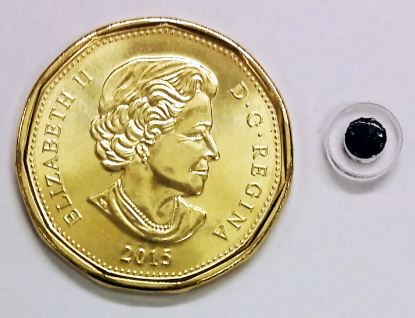 University of British Columbia researchers have developed a magnetic drug implant that could offer an alternative for patients struggling with numerous pills or intravenous injections. The device, a silicone sponge with magnetic carbonyl iron particles wrapped in a round polymer layer, measures just six millimetres in diameter. The drug is injected into the device and then surgically implanted in the area being treated. Passing a magnet over the patient’s skin activates the device by deforming the sponge and triggering the release of the drug into surrounding tissue through a tiny opening.
University of British Columbia researchers have developed a magnetic drug implant that could offer an alternative for patients struggling with numerous pills or intravenous injections. The device, a silicone sponge with magnetic carbonyl iron particles wrapped in a round polymer layer, measures just six millimetres in diameter. The drug is injected into the device and then surgically implanted in the area being treated. Passing a magnet over the patient’s skin activates the device by deforming the sponge and triggering the release of the drug into surrounding tissue through a tiny opening.Interested in Going to the "European School on Magnetism"?
March 01, 2017
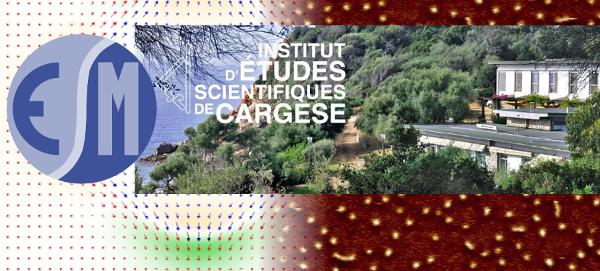 The next session of the "European School on Magnetism" (ESM) series will take place in Cargèse, Corsica, France, from October 9-21th, 2017. The European School on Magnetism is a pan-European event organized under the umbrella of the European Magnetism Association.
The next session of the "European School on Magnetism" (ESM) series will take place in Cargèse, Corsica, France, from October 9-21th, 2017. The European School on Magnetism is a pan-European event organized under the umbrella of the European Magnetism Association.
Submit your application from 1st March to 15th April here.
Theme Issue
December 10, 2016
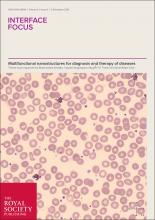 The journal "Interface Focus" just published a theme issue about ‘Multifunctional nanostructures for diagnosis and therapy of diseases’. Check it out, there are few relevant articles in there for our magnetic particle community.
The journal "Interface Focus" just published a theme issue about ‘Multifunctional nanostructures for diagnosis and therapy of diseases’. Check it out, there are few relevant articles in there for our magnetic particle community.
Check out the articles here:
http://rsfs.royalsocietypublishing.org/content/6/6
Thank you Beata Kalska-Szostko, Claudio Sangregorio, Nguyen TK Thanh and Sylvie Bégin-Colin for organizing this issue!
Tiny Magnetic Sensors Might Open Door to Hand-Held Tests
November 13, 2016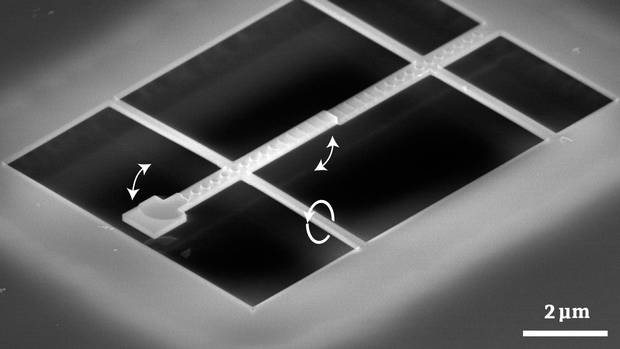 In 2008, Dr. Freeman and his team developed a tiny magnetic sensing device, called a torque magnetometer, on a piece of silicon chip that is smaller than the diameter of a strand of human hair. The device features a tiny spatula-shaped arm suspended on a narrow band of material that twists ever so slightly when the arm is pulled up or down by a magnetic field.
In 2008, Dr. Freeman and his team developed a tiny magnetic sensing device, called a torque magnetometer, on a piece of silicon chip that is smaller than the diameter of a strand of human hair. The device features a tiny spatula-shaped arm suspended on a narrow band of material that twists ever so slightly when the arm is pulled up or down by a magnetic field.Prevention of Restenosis with Magnetically Targeted Endothelial Cells
October 06, 2016
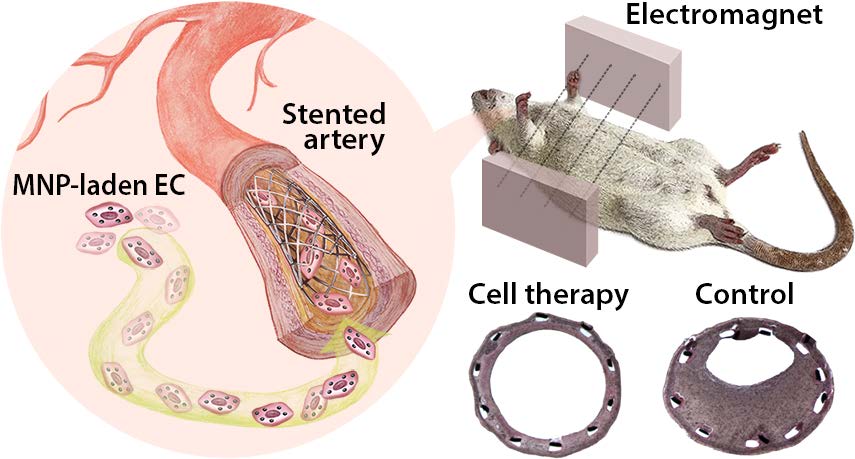 Boris Polyak at el. assessed the potential of magnetically mediated delivery of endothelial cells (ECs) to inhibit in-stent stenosis induced by mechanical injury in a rat carotid artery stent angioplasty model. ECs loaded with biodegradable superparamagnetic nanoparticles (MNPs) were administered at the distal end of the stented artery and localized to the stent using a brief exposure to a uniform magnetic field. After two months, magnetic localization of ECs demonstrated significant protection from stenosis at the distal part of the stent in the cell therapy group compared to both the proximal part of stent in the cell therapy group and the control (stented, nontreated) group: 1.7-fold (p < 0.001) less reduction in lumen diameter as measured by B-mode and color Doppler ultrasound, 2.3-fold (p < 0.001) less reduction in the ratios of peak systolic velocities as measured by pulsed wave Doppler ultrasound, and 2.1-fold (p < 0.001) attenuation of stenosis as determined through end point morphometric analysis.
Boris Polyak at el. assessed the potential of magnetically mediated delivery of endothelial cells (ECs) to inhibit in-stent stenosis induced by mechanical injury in a rat carotid artery stent angioplasty model. ECs loaded with biodegradable superparamagnetic nanoparticles (MNPs) were administered at the distal end of the stented artery and localized to the stent using a brief exposure to a uniform magnetic field. After two months, magnetic localization of ECs demonstrated significant protection from stenosis at the distal part of the stent in the cell therapy group compared to both the proximal part of stent in the cell therapy group and the control (stented, nontreated) group: 1.7-fold (p < 0.001) less reduction in lumen diameter as measured by B-mode and color Doppler ultrasound, 2.3-fold (p < 0.001) less reduction in the ratios of peak systolic velocities as measured by pulsed wave Doppler ultrasound, and 2.1-fold (p < 0.001) attenuation of stenosis as determined through end point morphometric analysis.
Special Issue on Magneto-Plasmonics - Submissions Requested
August 07, 2016
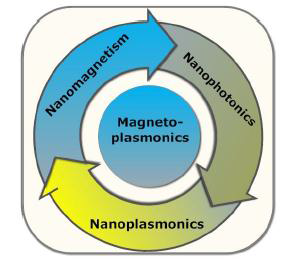 Magneto-plasmonics is a relatively new field that has great potential applications in biomedicine and biomedical technologies such as ultra-sensitive biosensing and bio-detection, bio-imaging, bio-therapy, drug-delivery, nano-imaging, to name a few. Deep understanding of various factors influencing magnetoplasmon properties is an important step in the effort to design new magnetic sensors and devices.
Magneto-plasmonics is a relatively new field that has great potential applications in biomedicine and biomedical technologies such as ultra-sensitive biosensing and bio-detection, bio-imaging, bio-therapy, drug-delivery, nano-imaging, to name a few. Deep understanding of various factors influencing magnetoplasmon properties is an important step in the effort to design new magnetic sensors and devices.
Although some progress on plasmonics has been achieved in the last few years, through combined simulation, modeling, experimental, and theoretical studies, there is still strong need to investigate new phenomena on magneto-plasmonics, in order to better tune and control magneto-optic properties, and to increase the sensitivity of the magnetic bio-sensor through modification of the optical radiation, magnetic field, and structure.
This new field merges the physics of nano-magnetics, where biological samples such as cells and DNA are made to interact with magnetic moments of a material in transverse direction, and nano-optics, where biological samples are made to interact with optical radiation in visible, infra-red, and telecommunication wavelength ranges. In a similar manner, it merges nano-plasmonics where biological samples are made to interact with surface plasmonic wave fields, also referred to as evanescent radiation fields.
Dr. Conrad Rizal from Baylor University's Department of Physics is the lead editor of this special issue. Deadline for paper submissions is November 1, 2016. Please check out more details here.
New Insight Into Magnetic Interactions During Magnetic Hyperthermia
July 09, 2016
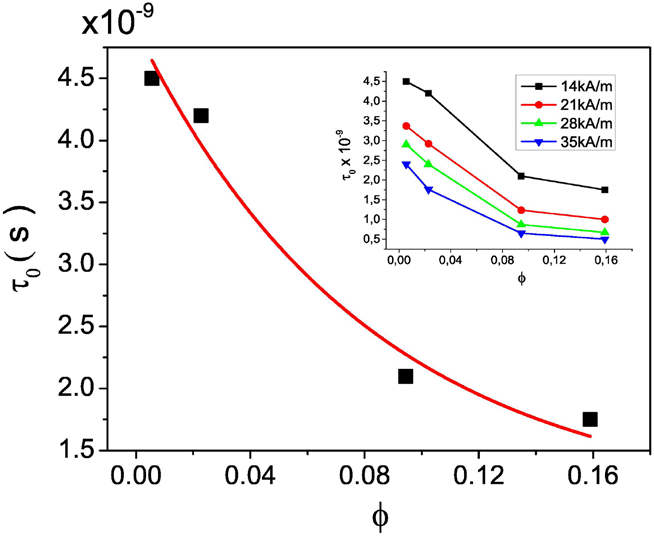 A new paper by Iacob, Kuncser, and Ladislau Vekas et al. carefully investigated, both theoretically and experimentally, the behavior of different concentrations of superparamagnetic nanoparticles in an alternating AC magnetic field ranging from 14-35 kA/m. They found that magnetic interactions, that increase with increasing volume fraction, can result in a decrease in SAR, whereas some authors claim that interactions can cause an increase in SAR.
A new paper by Iacob, Kuncser, and Ladislau Vekas et al. carefully investigated, both theoretically and experimentally, the behavior of different concentrations of superparamagnetic nanoparticles in an alternating AC magnetic field ranging from 14-35 kA/m. They found that magnetic interactions, that increase with increasing volume fraction, can result in a decrease in SAR, whereas some authors claim that interactions can cause an increase in SAR.
See for yourself and read the paper here.
FDA Warns from Use of Anemia Drug Feraheme (Ferumoxytol)
June 13, 2016
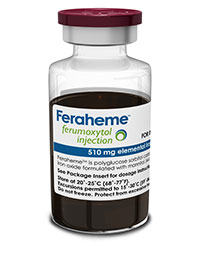 The U.S. Food and Drug Administration (FDA) is strengthening an existing warning that serious, potentially fatal allergic reactions can occur with the anemia drug Feraheme (ferumoxytol). We have changed the prescribing instructions and approved a Boxed Warning, FDA’s strongest type of warning, regarding these serious risks. Also added is a new Contraindication, a strong recommendation against use of Feraheme in patients who have had an allergic reaction to any intravenous (IV) iron replacement product. Health care professionals should follow the new recommendations in the drug label.
The U.S. Food and Drug Administration (FDA) is strengthening an existing warning that serious, potentially fatal allergic reactions can occur with the anemia drug Feraheme (ferumoxytol). We have changed the prescribing instructions and approved a Boxed Warning, FDA’s strongest type of warning, regarding these serious risks. Also added is a new Contraindication, a strong recommendation against use of Feraheme in patients who have had an allergic reaction to any intravenous (IV) iron replacement product. Health care professionals should follow the new recommendations in the drug label.
Check out this pamphlet here to read about it.
The effects were very serious, as you can learn from the last paragraph of the FDA warning: Since the approval of Feraheme on June 30, 2009, cases of serious hypersensitivity reactions, including death, have occurred. A search of the FDA Adverse Event Reporting System database identified 79 cases of anaphylactic reactions associated with Feraheme administration, reported from the time of approval to June 30, 2014. Of the 79 cases, 18 were fatal, despite immediate medical intervention and emergency resuscitation attempts. The 79 patients ranged in age from 19 to 96 years. Nearly half of all cases reported that the anaphylactic reactions occurred with the first dose of Feraheme. Approximately 75 percent (60/79) of the cases reported that the reaction began during the infusion or within 5 minutes after administration completion. Frequently reported symptoms included cardiac arrest, hypotension, dyspnea, nausea, vomiting, and flushing. Of the 79 cases, 43 percent (34/79) of the patients had a medical history of drug allergy, and 24 percent had a history of multiple drug allergies.
For more information, check out this website: http://www.fda.gov/Drugs/DrugSafety/ucm440138.htm
For more information, check out our Archives.
September 2017
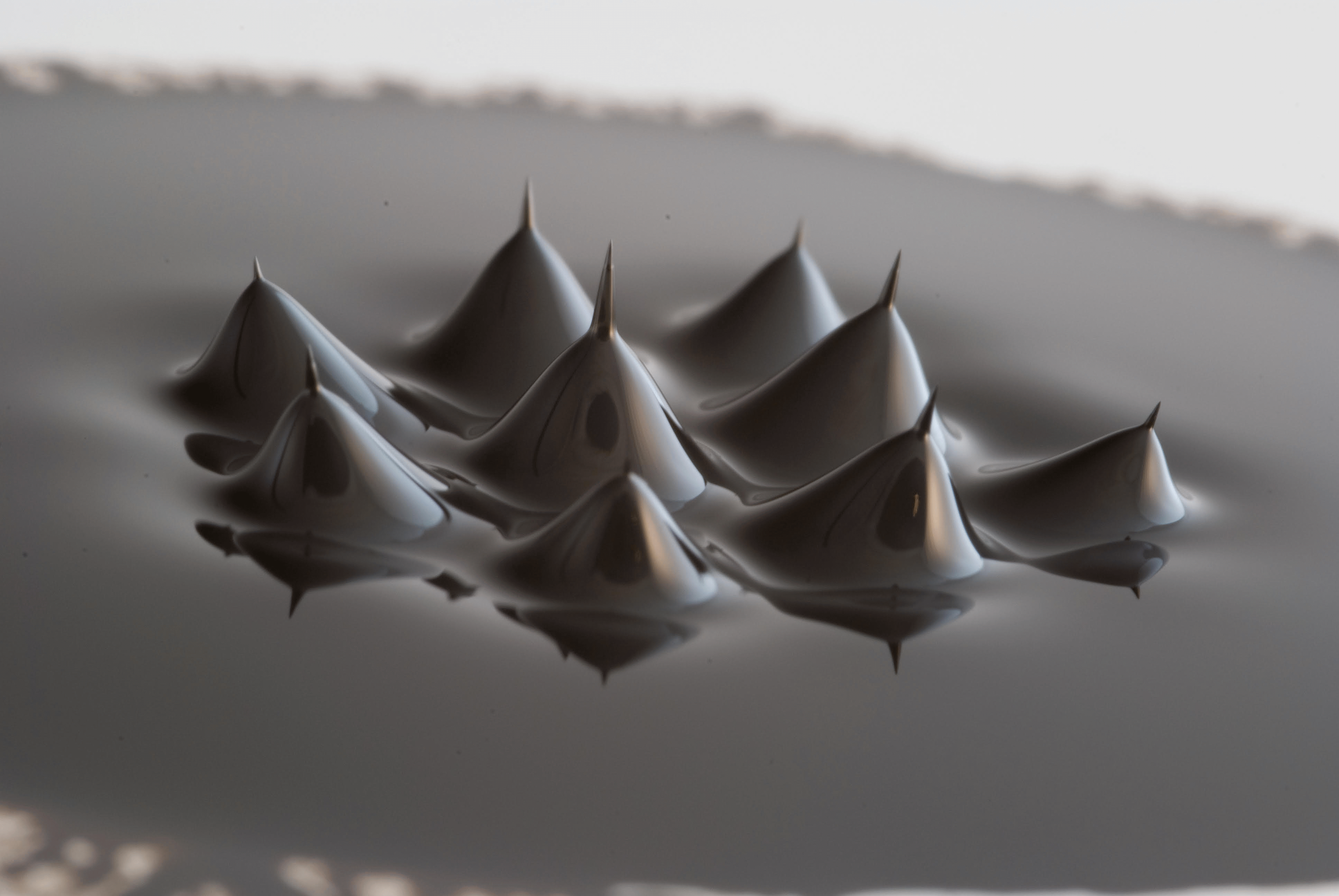
Search this site with the power of
